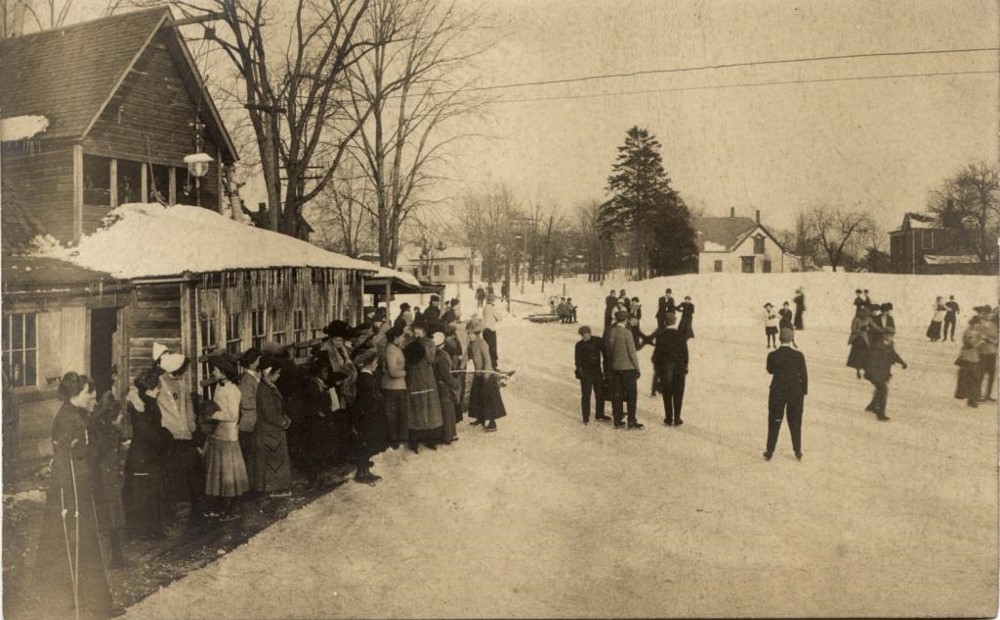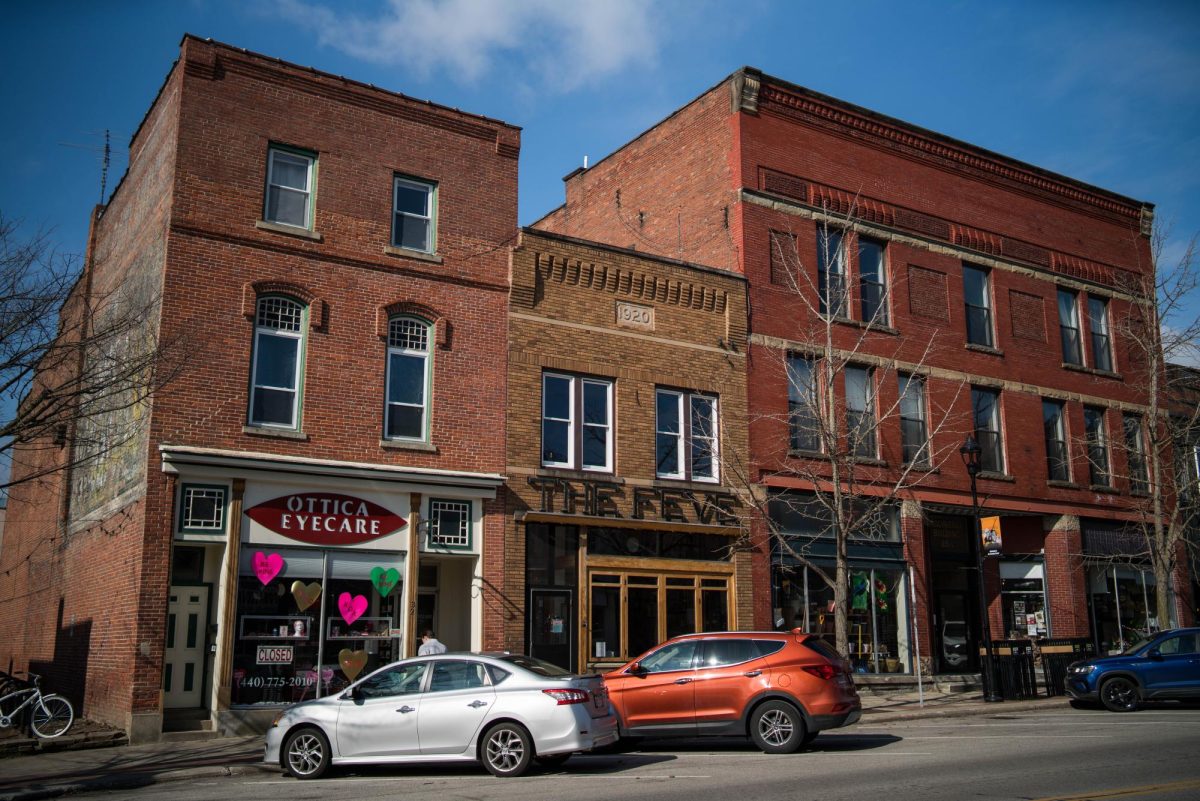On Tuesday, the Oberlin Heritage Center hosted its Black Business Owners and Entrepreneurship Program at the Oberlin Public Library. The event’s purpose was to tell the stories of historical Black business owners in Oberlin through the archival material at the Heritage Center. In a 50-minute presentation, Museum Education and Tour Manager Amanda Manahan featured several businesses from the mid-19th to late 20th century.
“We’re trying to bring forth stories that are not as well known about or celebrated,” Manahan said.
The event was first hosted in 2018, when the Heritage Center decided to bring its collections on Black business to the community.
“The whole goal was to spark more conversations,” Manahan said. “Initially we were really relying heavily on our own collections within the Heritage Center and its archives. That includes advertisements, both in newspapers and the City directories. Our oral history collection, the Oberlin Oral History Collection … has been instrumental in identifying initially some of these businesses.”
While the program started as a project within the Heritage Center, after the first presentation, community members began to contribute their knowledge.
“With each program, more and more stories are being brought to light by people, especially those of recent memory,” Manahan said. “And that’s incredibly important to us because a lot of these businesses were not represented in the historical record the same way as white-owned businesses. So having those memories, having those threads to pull at really helped us be able to better identify and also expand upon these stories.”
The Heritage Center has collaborated with descendants of business owners to preserve their families’ legacies. One example is Laura Brown, the granddaughter of Wallace Pettiford, who owned Pettiford’s Bakery. The bakery was in operation from 1923–1988.
“It’s amazing,” Brown said. “I know how important the bakery is to my family, so to see it acknowledged here as one of the first businesses in Oberlin for African Americans is just an honor.”
Sharon Pearson, the interim executive director of the Oberlin Business Partners, is a current Black business owner. She found the program meaningful, remembering many of these businesses and the impact they had on Oberlin. Pearson and her husband own the travel agency As You Wish Luxury Travel and an Airbnb in Geneva called Wine Down on Vine.
Pearson remembers many of the business owners featured in the program, including the “lady barber” Gigi Bones and the beauticians Lillie Faye Taylor and Anna Pope.
“Faye Taylor used to do my hair,” Pearson said. “Kitty Smith was my godmother. That was Gigi Jones’s sister. I knew Anna Pope. She used to do my hair too. I just love the fact I knew some of these people, so it was reminiscent for me to really connect with Oberlin’s history.”
For some of the program’s attendants, the stories of these businesses recall the older foundations of life in Oberlin. One community center was the Gayters Family Skating Rink, run by Thomas Gayters and then his son Walter from the 1890s to 1951. People in Oberlin could skate on the rink all day for 10 cents.
“This is the story of everyday people who were trying to establish livelihoods in Oberlin, who were very entrepreneurial, very creative with their businesses, and who were also leaders within the community,” Manahan said.
Intertwined in the lives of Black business owners was the racism that surrounded them. The first entrepreneur featured in the exhibition was John Watson, who owned a grocery and restaurant in a building that has since burned down but was approximately the place where All Things Great stands today. Watson was arrested for his role in aiding the escape of former slave John Price as one of the Oberlin–Wellington Rescuers.
“There’s the stories of disparities,” Manahan said. “And I think those are also equally important to discuss. What disparities were there — what obstacles, systemic issues at play — and how did these individuals throughout history both deal with and overcome these issues.”
The program made sure to address the trials faced by African Americans in Oberlin, such as the Pettiford family, who, according to an account from one of their former employees, were denied the opportunity to buy or get a long-term lease on their building despite their business’ success.
“What is amazing is how many African Americans actually owned businesses in Oberlin,” Pearson said. “That’s very unique at a time when it wasn’t allowed. But they still had struggles. … We don’t always talk about the bad things and the struggles that they had to go through.”
However, the focus of the program was primarily to celebrate the lives and triumphs of Black entrepreneurs, rather than to discuss the oppression that held them back. The program advertised current Black-owned businesses in the town, such as The Arb at Tappan Square, which catered the event.
“I think sometimes we often look very far in the past when celebrating Black history, but Black history is happening now,” Manahan said.
The event concluded with a list of more Black business owners and Black-owned businesses in Oberlin’s history, spanning from the pre-1900s to those open today.
“It’s important for people in Oberlin and outside of Oberlin to just know the history and to know that there are many African Americans who contributed to our community and have made such a difference,” Brown said.







